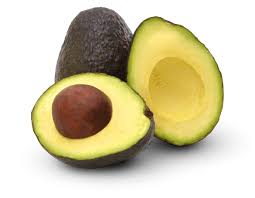Avocado exports generated a trade surplus of US $2 billion last year
SOURCE: Mexico News Daily
If there is one sector of the Mexican economy that’s not worried about a renegotiation of the North American Free Trade Agreement, or NAFTA, it’s the avocado industry.
The fruit, also known as “green gold,” has become a huge export crop, with 77% going to the United States. Those exports hit a record 1.022 billion tons last year, and went to 31 countries.
The avocado industry has become so big that its export value has now surpassed petroleum in economic importance, according to Economy Secretariat data.
While exports of “black gold” — petroleum and petroleum products — left Mexico with a trade deficit of US $13 billion, the green variety generated a $2.22-billion surplus.
For the current harvest cycle, June 2016 to July 2017, the association representing the country’s avocado producers, packers and exporters forecasts it will send more than 900,000 tons to the U.S., compared to last year’s 860,000. Japan will receive 52,000 tons and China, 20,000.
Meanwhile, new markets are being opened in Europe and Asia. Exports to Germany and Holland last year soared by 237% and 283%, respectively. More than 200 super markets in Europe now sell Mexican avocados.
The Arabian Peninsula is another important market. A Mexican delegation traveled there recently to try to establish an air freight connection. Shipping by sea takes more than 40 days and the fruit won’t last that long, said one producer.
For growers, the avocado produces a very attractive financial return compared to corn, but they must wait at least five years before they see it.
A hectare of avocados can generate up to 600,000 pesos (US $30,000) a year, far more than a hectare of corn, which will bring in just 24,000 pesos, according to the Agriculture Secretariat.
But the producer won’t see any fruit from the avocado trees until about their fifth year of growth, at which time the harvest will be about 50 pieces of the fruit. The number rises to 150 in year six and 300 in year seven.
The trees can be grown at sea level and up to 2,500 meters but do best at the higher elevations, between 800 and 2,500 meters.
The wait to harvest hasn’t deterred producers, who are now clearing more land for avocado orchards. A study by the National Autonomous University found that 45,000 hectares of Michoacán forest land was logged and converted to orchards between 1974 and 2011.
Now there are worries that the lure of the avocado will trigger more illegal logging of monarch butterfly habitat in Michoacán and the State of México.




